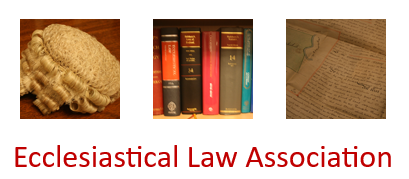A major reordering was proposed for the city centre church, which was in poor repair and little used, with a view to improving it for worship and attracting more community use. The works proposed a new entrance into the High Street (making it more accessible - the existing access being from Fish Street), replacing the kitchen, floor levelling, underfloor heating, new lighting and a new extension to house new toilets. The Society for the Protection of Ancient Buildings and the Victorian Society questioned the need to remove the east window for the insertion of the new doorway. The Chancellor considered, however, that a new large entrance would require the existing window opening and the stone panel beneath. He granted a faculty for all the works. He was satisfied that the works would "meet a clearly identified need, and that this outweighs any incidental loss of historic fabric or significance that may occur."

